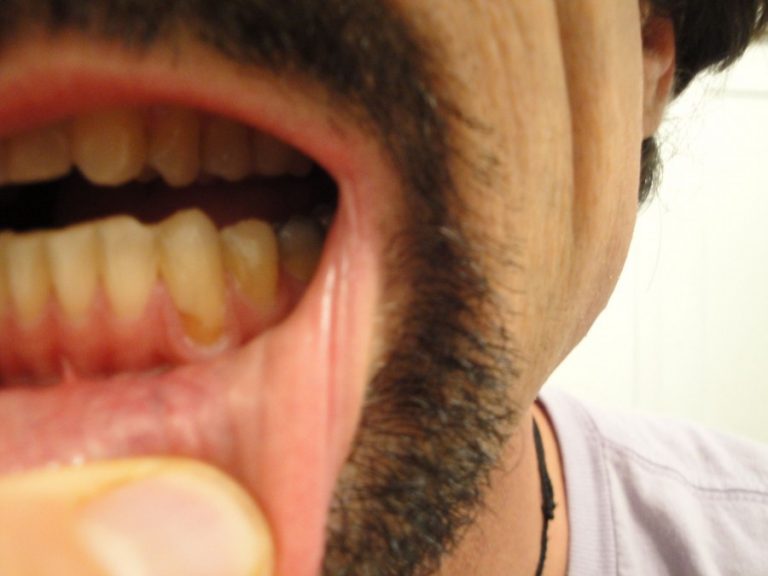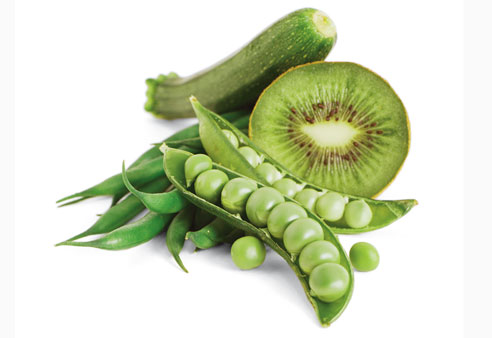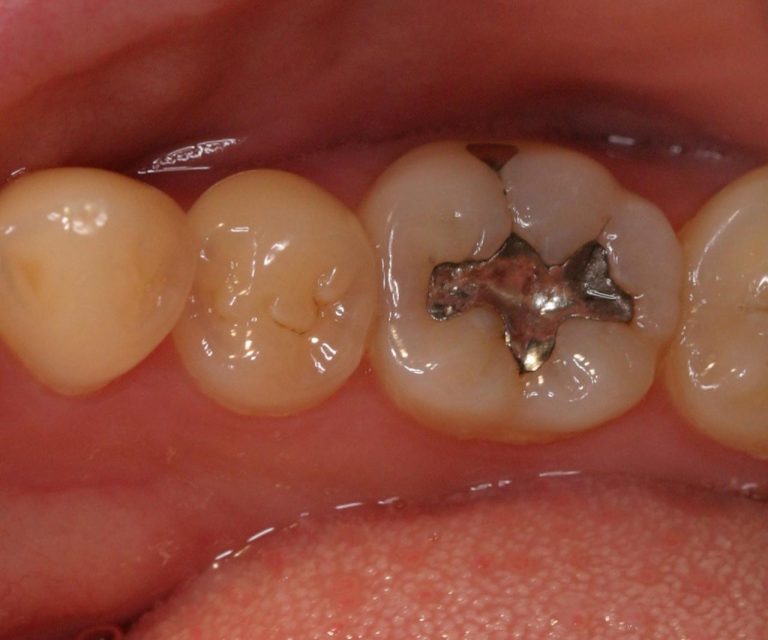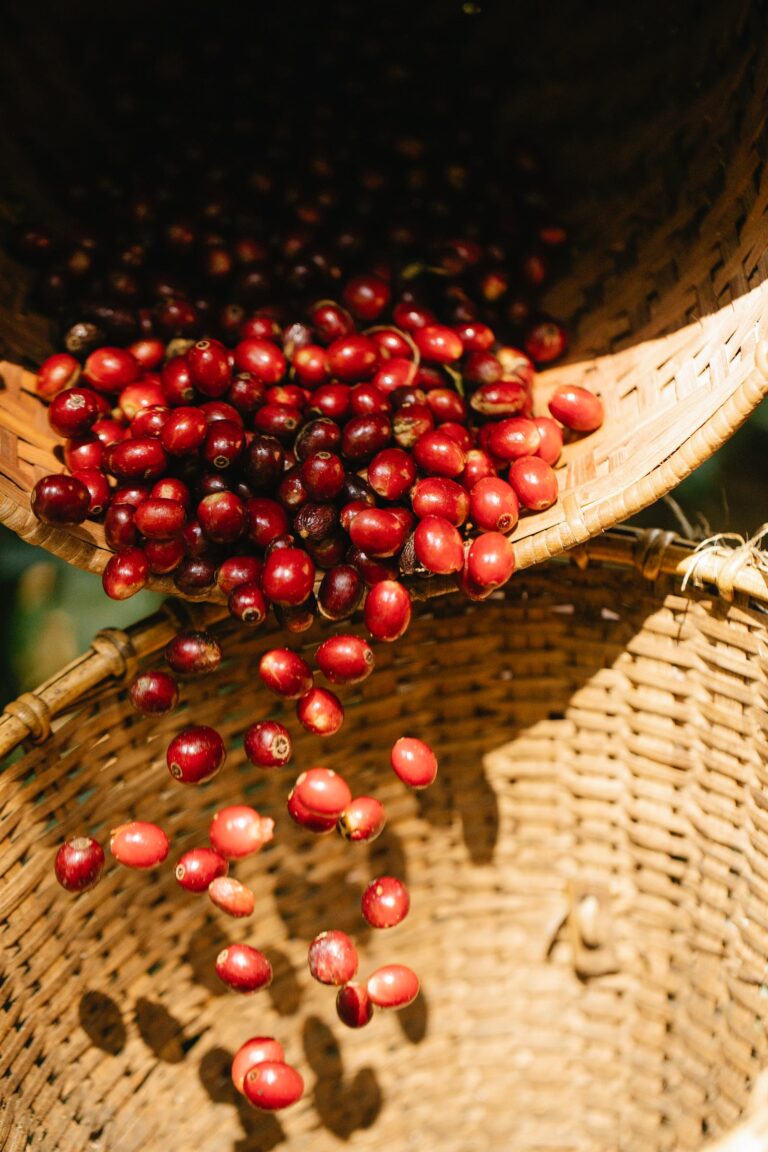In the Raw – The Raw Food Movement
April 8 – By the mid 1990s, Carol Alt had established herself as both a supermodel and a successful actress, appearing regularly on movie screens and magazine covers. But while her career was soaring, Alt says her health had taken a nosedive. She had recurring headaches, heartburn, sinus problems and insomnia. By the age of 34, she was starting most days with coffee and a splash of Scotch, ending them with a dose of Nyquil, and popping pain relievers and antacid tablets in between. “I was on my knees at one point, praying to God. I felt so bad, and I was so unhappy,” recalls Alt. Then a friend called to tell her how a doctor had miraculously “cured” his girlfriend who’d been diagnosed with cervical cancer, by putting her on a diet comprised largely of raw foods (meaning they have not been cooked above 118 degrees), fresh juices and supplements. Alt flew to California to meet with the doctor.
Within weeks of replacing her usual meal choices with uncooked and unprocessed organic vegetables, fruits and nuts, she says her headaches disappeared, her mood improved and her sinuses cleared up. She stopped drinking Scotch-and-coffee and has stuck to the raw foods diet ever since. “In more than eight and a half years, I have not gotten sick, and I have not put any over-the-counter medicines into my body,” says Alt, now 44. “ I am actually in better shape now than I was at 34.”
Alt touts the benefits of the raw-foods diet in her book, “Eating in the Raw: A Beginner’s Guide to Getting Slimmer, Feeling Healthier, and Looking Younger the Raw-Food Way,” published by Clarkson Potter earlier this year. But the former cover girl is just the latest in a long line of celebrities to embrace the raw-food regimen.
Once associated with hippies and health fanatics, the movement has slowly meandered into the mainstream, thanks in part to growing concerns about obesity, the endorsements of telegenic actors like Woody Harrelson, who published a 400-page book called “Living Cuisine” a little over a year ago and celebrity chefs who have begun incorporating raw foods into their regular menus. Well-known chefs Charlie Trotter, whose eponymous upscale restaurant in Chicago offers raw-food options, and Roxanne Klein have even coauthored a gourmet recipe book called “Raw.”
“The raw-foods movement became big because they got some great chefs making great foods,” says Dr. Joel Fuhrman, a family physician in New Jersey and author of “Eat to Live: The Revolutionary Formula for Fast and Sustained Weight Loss.” Still, Fuhrman, who advocates a vegetable-based diet, thinks an all-raw diet is too restrictive. “I teach people the value of having lots of raw food, but not that you should be 100 percent raw,” he says. “Cooked food is not poisonous. It’s the diet most Americans eat now, with all those processed foods, that’s poisonous.”
He points out that while more nutrients are usually available in foods that aren’t heated or highly processed, there are some nutrients that are actually better absorbed in food that’s been cooked. The best sources of the antioxidant lycopene, which has been shown to reduce the risk of prostate and lung cancer in studies, are cooked tomato products like spaghetti sauce and tomato paste. Similarly, the body’s ability to absorb beta carotene, another antioxidant that can protect against cancer and is found in carrots (among other sources), increases when the vegetable is cooked.
Doctors and dieticians also worry that limiting food choices can lead to nutritional deficiencies over the long run. A study published in the current issue of the journal Archives of Internal Medicine found that vegetarians who eat only raw plant-derived foods have abnormally low bone mass, which is usually an early indicator of bone-thinning diseases like osteoporosis. Doctors warn pregnant women, children and anyone with immune deficiencies in particular against following a raw-foods-only diet.


Raw-food proponents contend that the process of cooking (at least anything above 118 degrees) destroys, or degrades, the digestive enzymes found in many foods. But nutritionists say our bodies have natural digestive enzymes already. “The whole issue about heat sensitivity and destroying vitamins when you cook foods is more of a myth than people realize,” says Dr. Christine Gerbstadt, a doctor and registered dietician in Pennsylvania and spokesperson for the American Dietetic Association.
She prefers the U.S. Department of Agriculture’s 2005 dietary guidelines instead. Fill half your plate with raw fruits and vegetables, she says, but split the other half between grains and a protein source like lean chicken or fish. “I have to go with the science that went into establishing those guidelines,” says Gerbstadt. “There are so many health benefits from [following] them, and so much research behind them.”
Even raw-foodists admit that sticking to an exclusive raw-food diet can be difficult. Alt’s book suggests that readers just try to make sure that 70 percent to 75 percent of their daily diet is composed of raw food. David Wolfe, the author of “Eating For Beauty” and “The Sunfood Diet Success System,” stopped eating anything cooked or processed 11 years ago. But he says it can sometimes be a challenge to find food that qualifies. He recalls one memorable late-night trip to Denny’s with friends. “I looked at the menu and there was nothing for me to eat but a plate of parsley,” he says, laughing. “But it turns out, parsley is really nutritious.”
Still, Wolfe–whose diet now consists largely of fruit smoothies, fresh vegetable juices and the occasional handful of pumpkin seeds–says the benefits of adhering to the diet far outweigh any inconveniences. (He recommends bringing an avocado along in your bag when you’re going to a restaurant that may not have many raw-food options.) “Clear skin … clear thinking, improved digestion,” he says, ticking off the changes he noticed after making the switch. “People after lunch these days, they are still out to lunch. Their heads are not clear, and they have no energy because their bodies are working so hard to digest their food. I never experience that anymore. I’m supercharged with energy.”
Wolfe prefers to call his eating plan “sensual nutrition,” rather than restrictive. “There’s such an erotic and beauty side to these foods,” he says. “They’re alive, and the colors are bright and vibrant.”
The aesthetic appeal of raw foods is not lost on chefs. The recipe book by Trotter and Klein includes sensuous descriptions of “the erotic gooeyness” of honeycomb and “the elegant crispiness” of thyme spouts. Trotter, who has described eating raw food as “a very vital, extraordinary way to approach food,” has also offered special raw-food tasting menus at his restaurant. And award-winning New York chef Matthew Kenney has garnered rave reviews for dishes like tomato and zucchini “lasagna” and tomato tartare at his raw-food-only restaurant, Pure Food & Wine, which opened last year.
Ultimately, though, most adherents are attracted to raw foods for the health benefits, not the taste. And even raw-food purists like Wolfe say most people can experience the benefits of raw foods while enjoying some cooked cuisine. “Even a diet that is 70 to 80 percent raw will give people so many health benefits,” he says, “that they may not need to go further.”
© 2005 Newsweek, Inc.




